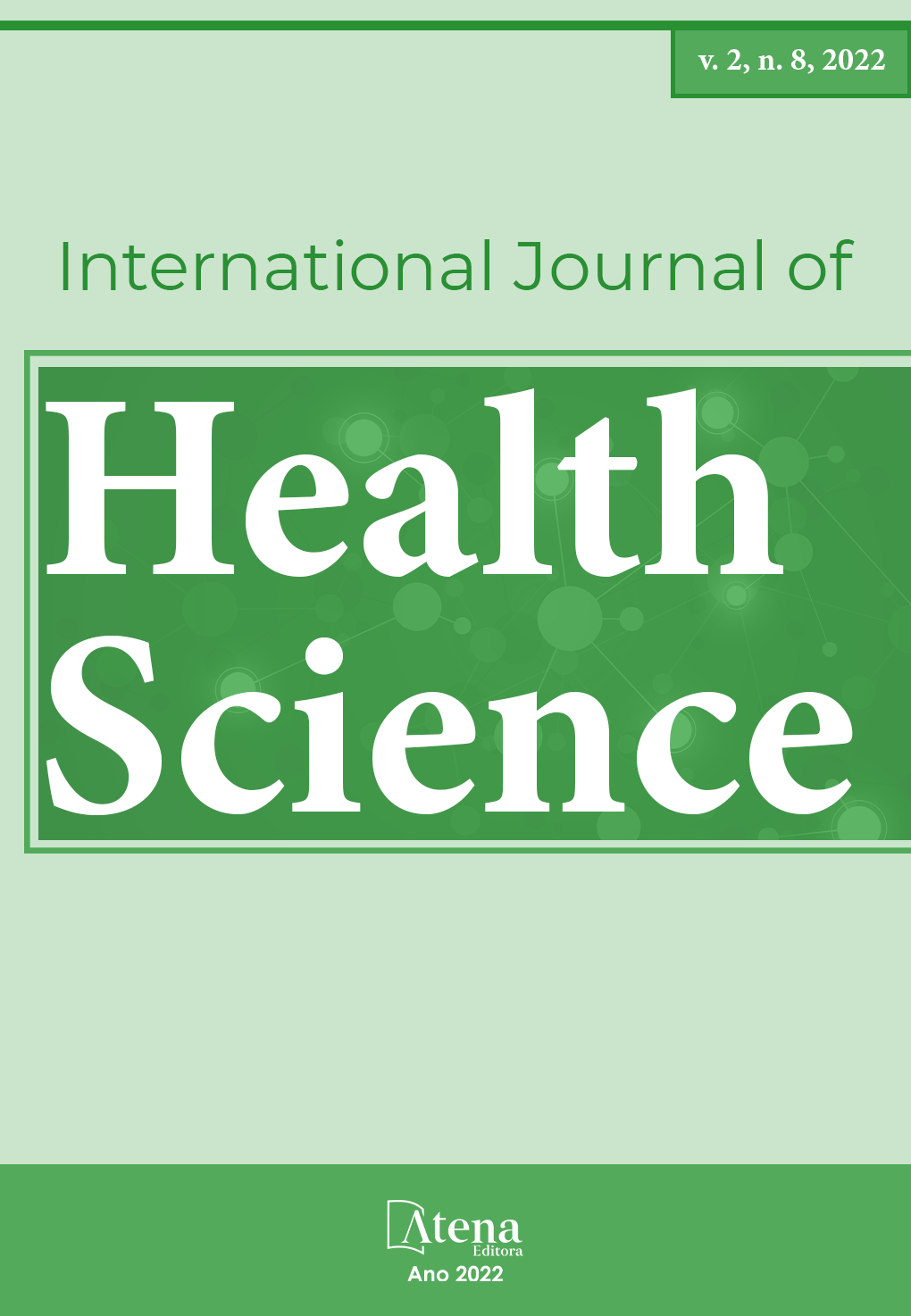
RELEVANT DRUG INTERACTIONS BETWEEN DRUGS THAT ACT ON THE CENTRAL NERVOUS SYSTEM AND DRUGS USED TO TREAT COVID-19
The disease caused by the virus: severe acute respiratory syndrome coronavirus 2 (SARS-CoV-2) It is a pathology with a clinical picture that varies from asymptomatic infections to severe respiratory conditions. Antiretroviral, antimalarial and antiparasitic drugs are being studied for the treatment of COVID-19 and its complications, due to their mechanism of action. However, most actions and interventions are empirical and derived from in vitro tests. Thus, it is important to evaluate drug interactions (DIs) in order to promote greater effectiveness and safety of therapy. Taking into consideration, the increase in the use of drugs that act on the central nervous system (CNS) during the pandemic, due to the increase in mental disorders, one of the biggest public health problems worldwide, the present study aimed to identify the potential drug interactions of these drugs. main drugs used in the treatment of COVID-19 in association with drugs that act on the CNS, standardized in a University Hospital in Sergipe. For that, the following databases were used: MedScape, UpToDate and Drugs, selecting the interactions classified as moderate and severe severity, exposing the possible complications. After analysis, 77 interactions were observed, of which 56 were of moderate severity and 21 were severe, highlighting the drugs atazanavir, lopinavir/ritonavir and hydroxychloroquine/chloroquine for interacting with a greater number of drugs. Given this context, it is necessary for prescribers and dispensers to be aware of the risks of concomitant administration of these classes, in addition to monitoring the consequences, evaluating patient safety in the face of the use of these drugs.
RELEVANT DRUG INTERACTIONS BETWEEN DRUGS THAT ACT ON THE CENTRAL NERVOUS SYSTEM AND DRUGS USED TO TREAT COVID-19
-
DOI: 10.22533/at.ed.159282214027
-
Palavras-chave: COVID-19, drug interaction, patient safety.
-
Keywords: COVID-19, drug interaction, patient safety.
-
Abstract:
The disease caused by the virus: severe acute respiratory syndrome coronavirus 2 (SARS-CoV-2) It is a pathology with a clinical picture that varies from asymptomatic infections to severe respiratory conditions. Antiretroviral, antimalarial and antiparasitic drugs are being studied for the treatment of COVID-19 and its complications, due to their mechanism of action. However, most actions and interventions are empirical and derived from in vitro tests. Thus, it is important to evaluate drug interactions (DIs) in order to promote greater effectiveness and safety of therapy. Taking into consideration, the increase in the use of drugs that act on the central nervous system (CNS) during the pandemic, due to the increase in mental disorders, one of the biggest public health problems worldwide, the present study aimed to identify the potential drug interactions of these drugs. main drugs used in the treatment of COVID-19 in association with drugs that act on the CNS, standardized in a University Hospital in Sergipe. For that, the following databases were used: MedScape, UpToDate and Drugs, selecting the interactions classified as moderate and severe severity, exposing the possible complications. After analysis, 77 interactions were observed, of which 56 were of moderate severity and 21 were severe, highlighting the drugs atazanavir, lopinavir/ritonavir and hydroxychloroquine/chloroquine for interacting with a greater number of drugs. Given this context, it is necessary for prescribers and dispensers to be aware of the risks of concomitant administration of these classes, in addition to monitoring the consequences, evaluating patient safety in the face of the use of these drugs.
-
Número de páginas: 16
- Damaris Santana Cardoso
- Izadora Menezes da Cunha Barros
- Renata Lisboa Barbosa
- Tamires Andrade de Oliveira
- Paulo César dos Santos Abreu
- Izabel Cristina Pereira Rocha
- Thaisa Calumby Lima
- Júlia Santana Lisboa


